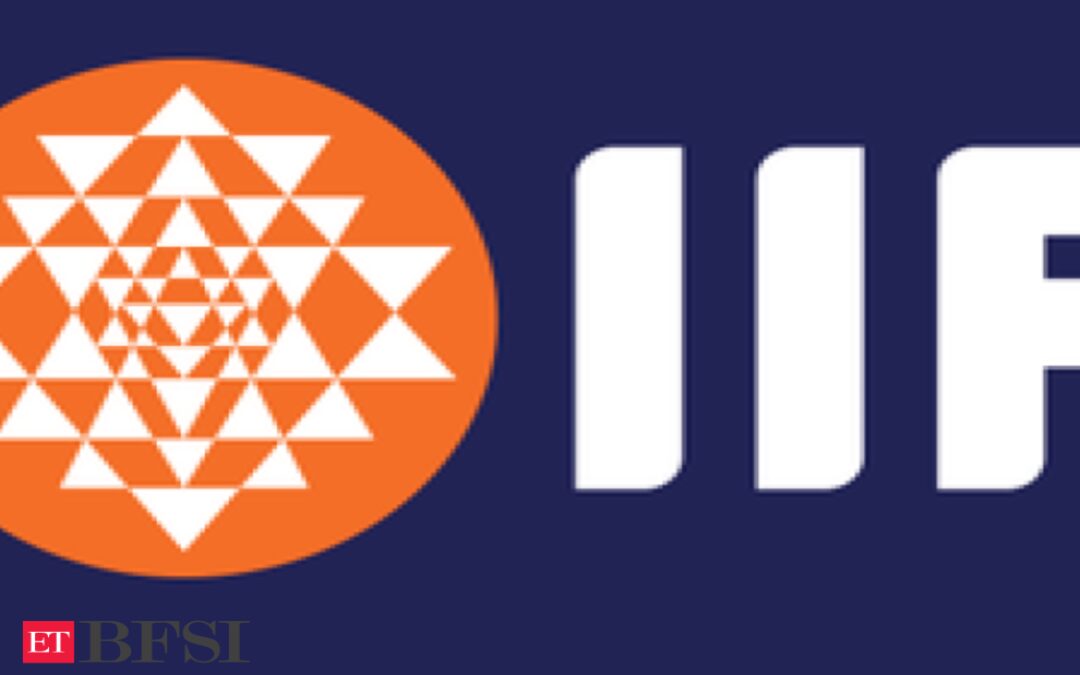IIFL Finance is positioned for a rally of up to 34%, supported by substantial asset expansion and enhanced returns, as indicated in a report by HSFC Global Research. The brokerage anticipates a robust performance from IIFL Finance throughout the fiscal years from 2023 to 2026, underscoring pivotal elements poised to propel this noteworthy upturn.
While initiating coverage on the stock with a ‘buy’ rating and setting a target price of Rs 790, HSBC Global Research said a surge in retail assets under management (AUM) and the prospect of lower volatility in asset quality during the next economic cycle could trigger a positive re-rating for IIFL Finance.
IIFL Finance shares, which rallied 22% in the last three months, are currently trading at Rs 583.
One of the standout projections is a staggering 25% Compounded Annual Growth Rate (CAGR) in Assets Under Management (AUM), demonstrating the company’s potential to attract and manage a growing portfolio. The Return on Assets (RoA) is also expected to range from 3.5% to 3.8%, signifying a healthy financial performance.
IIFL Finance has strategically diversified its portfolio with assets totaling $8.3 billion as of Q1 FY24. This diversification includes offering loans against gold, unsecured personal loans, affordable housing loans, loans against property, and microfinance. These varied services enhance the company’s resilience to market fluctuations and could potentially lead to decreased asset quality volatility in the future.
Abhishek Murarka, a senior analyst at HSBC, highlights four strategic pivots that have contributed to the company’s success. These include improved liability management, stronger risk management, aggressive investments in distribution and technology, and pioneering the co-lending model in collaboration with banks, which optimizes capital utilization and reduces risk.
Despite these promising prospects, HSBC cautions that risks remain on the horizon. These potential risks encompass business cyclicality, regulatory changes in co-lending practices, challenges in new ventures like digital loans, liquidity constraints, and shifts in repo rates that may impact sentiment within the Non-Banking Financial Company (NBFC) sector.










